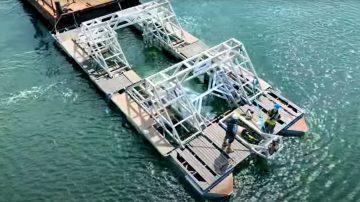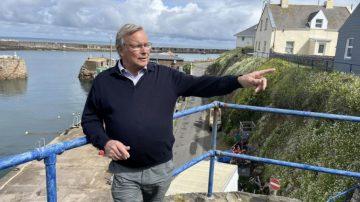Alderney’s Gross Domestic Product, a measure of economic output, grew by 16% to an estimated £53m in 2021 compared with the previous year.
That equates to £25,328 per head of population.
The figures were reported to the Island’s Policy & Finance Committee (PFC) on Monday 27th March and are based on the new Annual Economic Activity Return which sources information direct from business and organisations.
Employers submit a return detailing their sector, size, income and expenditure. The 2022 Return sought responses covering the period 2019-2021 for which 85 employers provided information.
Estimated figures for the previous years revealed GDP at about £46m for 2019 and 2020 with per capita figures of £22,765 and £22,603 respectively.
GDP is worked out based on employee compensation; company trading profits and public sector trading body surpluses; sole trader profits; and property rental income.
Each sector of the economy is measured for how much it contributes to GDP, known as Gross Value Added (GVA).
Fifteen of the nineteen economic sectors recorded an increase in GVA compared with 2020 as construction; hospitality; and wholesale, retail and repairs began to emerge from pandemic lockdowns. The finance sector recorded the largest estimated GVA in 2021 at £9m (16%), followed by public administration and trading bodies (£8m, 15%) and wholesale, retail and repairs (£8m, 15%).
Payroll co-funding and business support schemes, which provided financial support for Alderney businesses adversely affected by the pandemic, totalled £1.2m in subsidies on production in 2020. In 2021 subsidies on production totalled £360,000. Prior to 2020, there were no such subsidies.
PFC Chairman Nigel Vooght commented: “The GDP figures demonstrate that Alderney has the ability to weather the storm of the pandemic and is a foundation upon which to build a sustainable economy in the coming years.”
The full bulletin can be viewed here.














